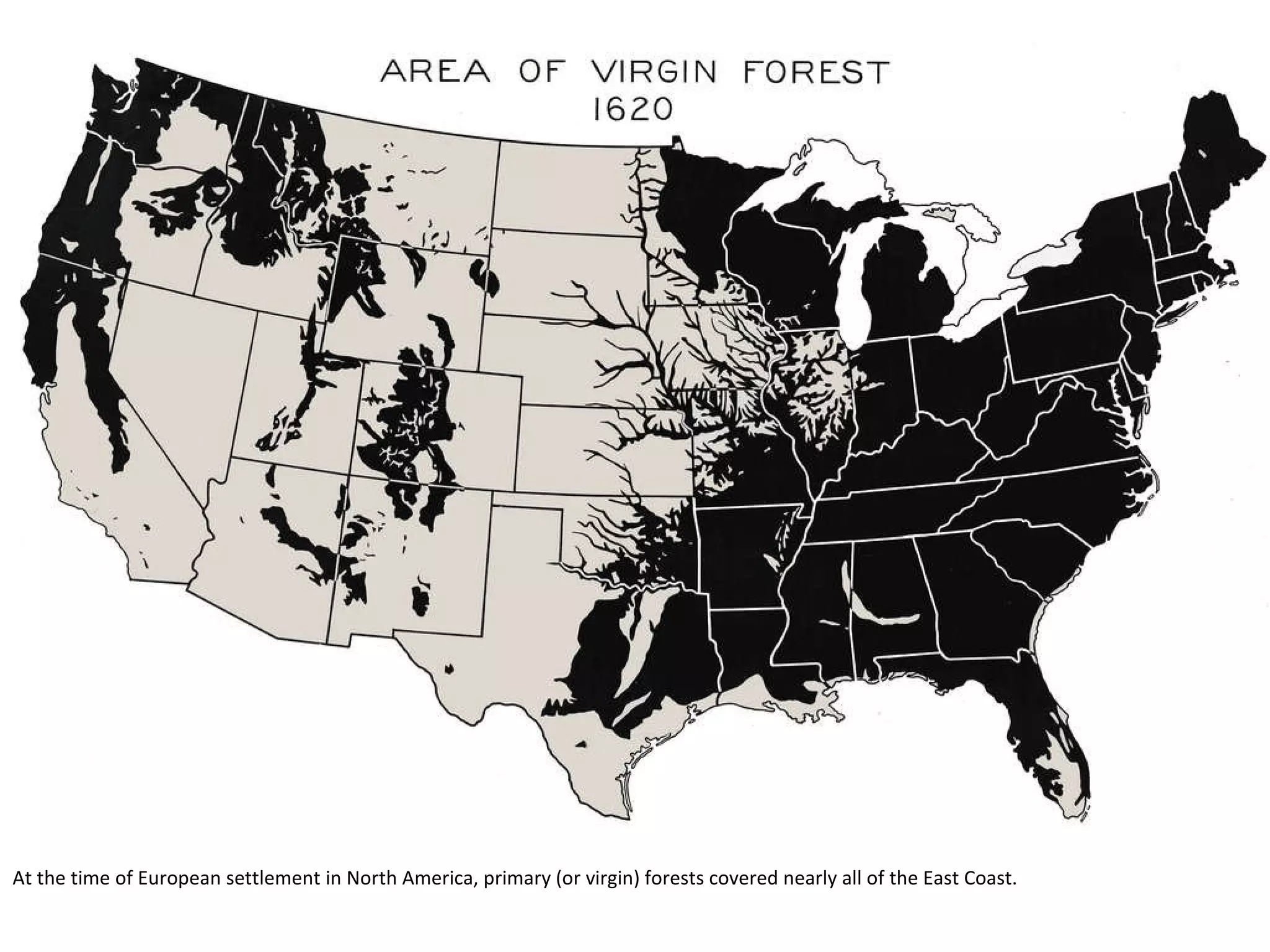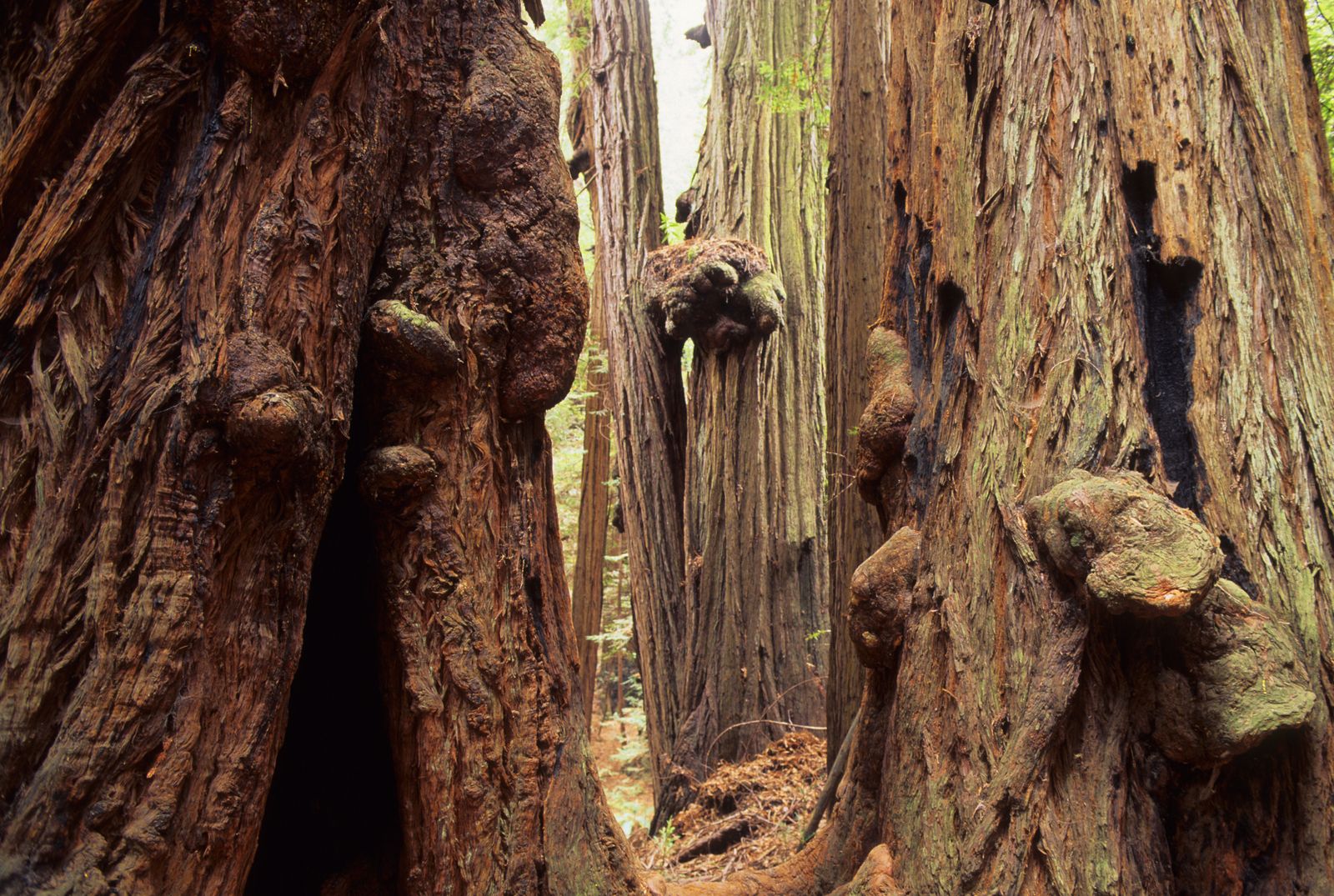It would have been interesting to see some of that lumber. Old Age Forests produce different lumber than young forests. The trees are competing all of their lives with other trees. The few trees that germinate and grow usually have one source of light and it is to grow straight up. They also grow much more slowly since there are so many trees competing for the available light. The same species of wood can look very different:
View attachment 80592
New growth softwood often has three to four growth rings per year verses eighteen upwards to thirty for old growth. The wood grain is exceptionally straight and not nearly as coarse as new growth. It has a simple beauty that has to be seen to be appreciated:
View attachment 80593
View attachment 80594
I cannot find any good examples of hardwood that is old growth. I am sure that some can be found in antique furniture but all of the examples I can find are of softwoods. Most old growth lumber that one sees today is either old or salvaged from older sources. In the lower forty eight there are almost no sources of it since it takes one hundred fifty years of more for a forest to get old enough to be "old growth". There are trees that are "poached" in the few old growth forests that remain:
In setting fines for timber poaching, experts are looking at different ways to calculate the worth of trees

www.smithsonianmag.com
It is a billion dollar a year industry. The problem with cutting down old growth stands is that they cannot be reproduced in a generation. Not two, not three. One hundred fifty years minimum is a long time to wait.
Then we have areas on the other end of the spectrum Some areas never hit old age as forests go. For example there are large parts of the Rockies where the predominant trees are Lodgepole Pines. They rely on regular forest fires. As the forest matures the forest becomes a fire hazard. Lodgepole pines are often found in forests where all of the trees are of the same size. The have evolved to take advantage of forest fires. There pinecones are heat resistant and do not open under normal conditions. The trees do not reproduce well without a fire. But burn a forest down and the pine cones open due to the heat. They are presented with an empty environment where they are the first and only trees growing:

en.wikipedia.org


